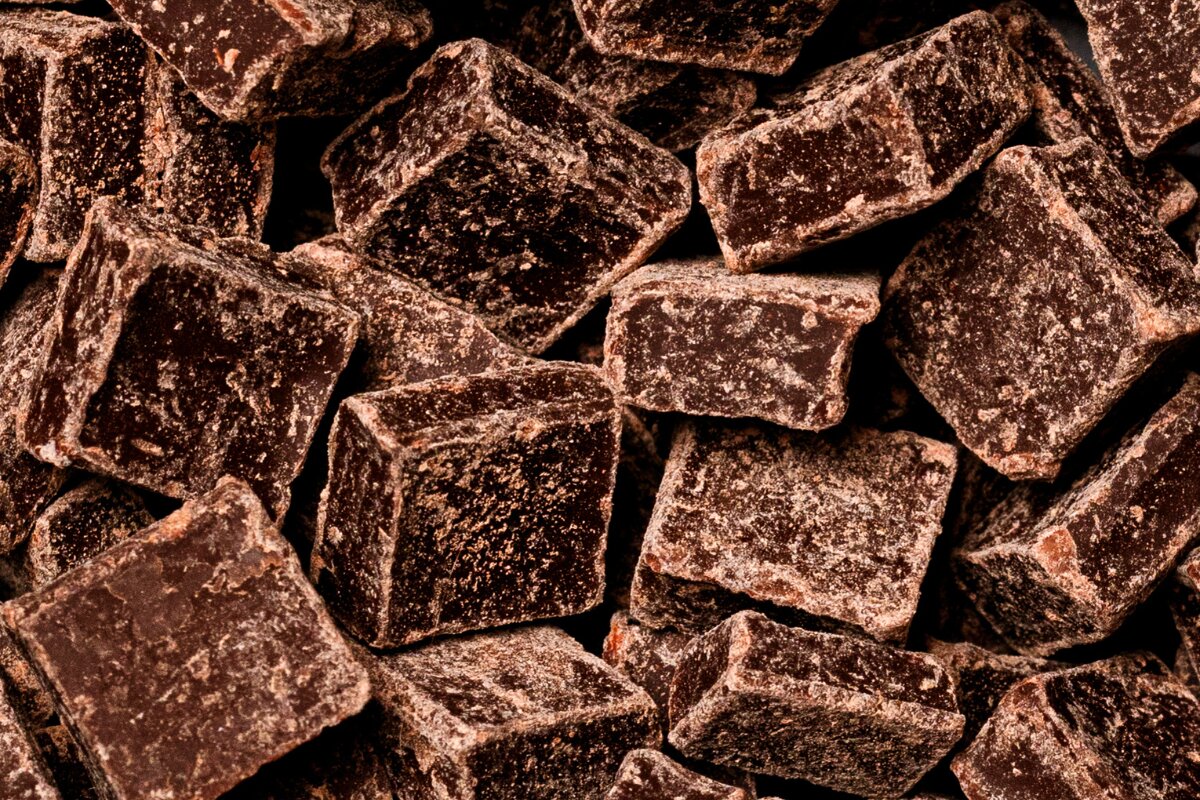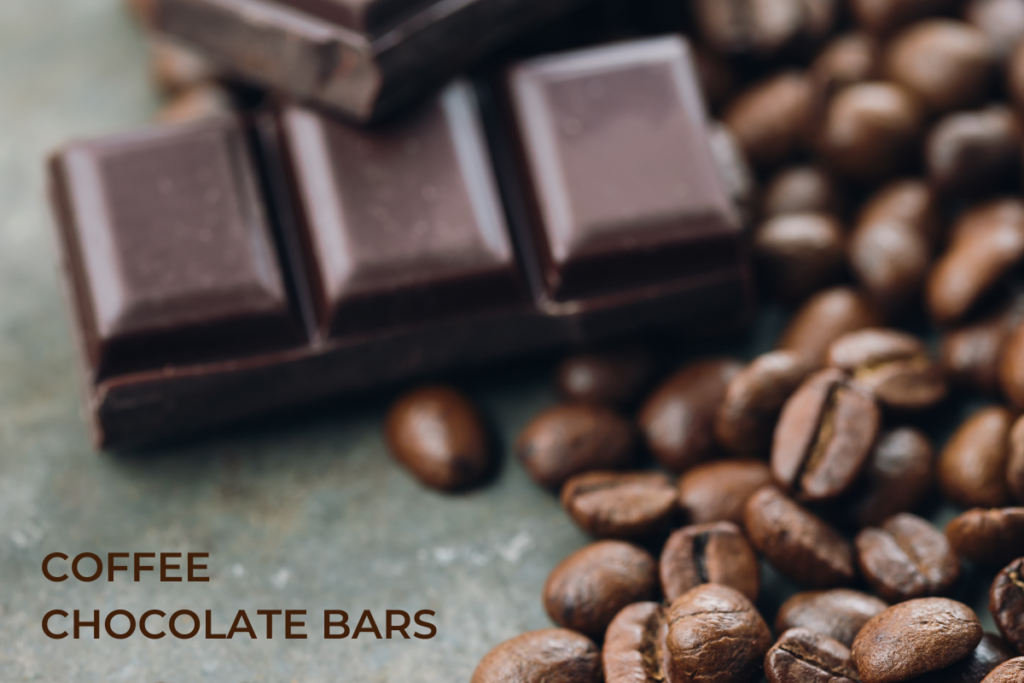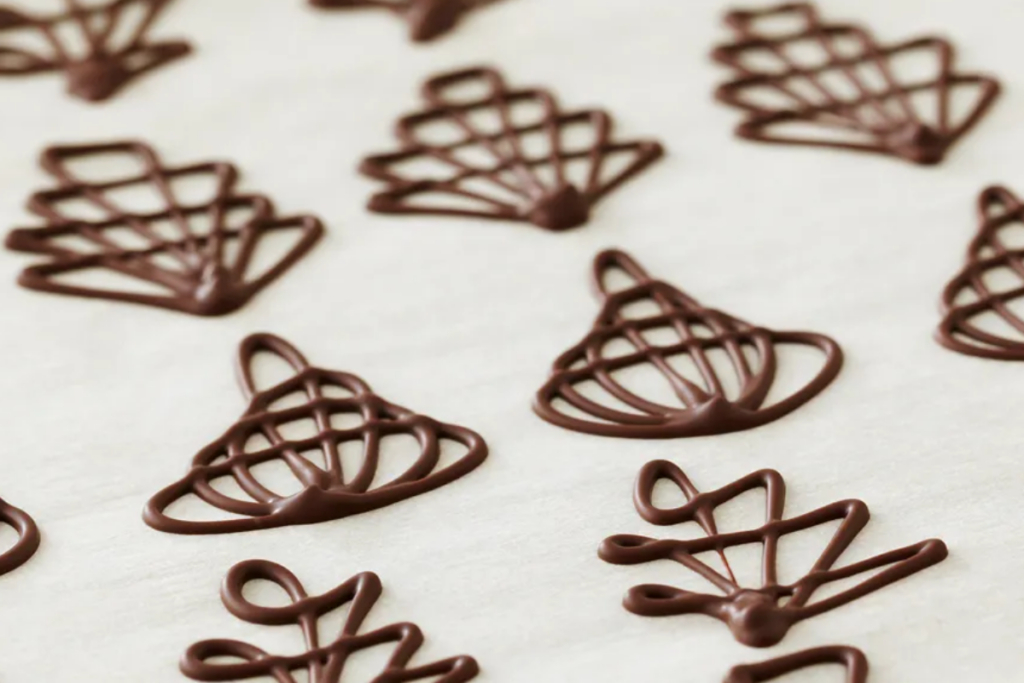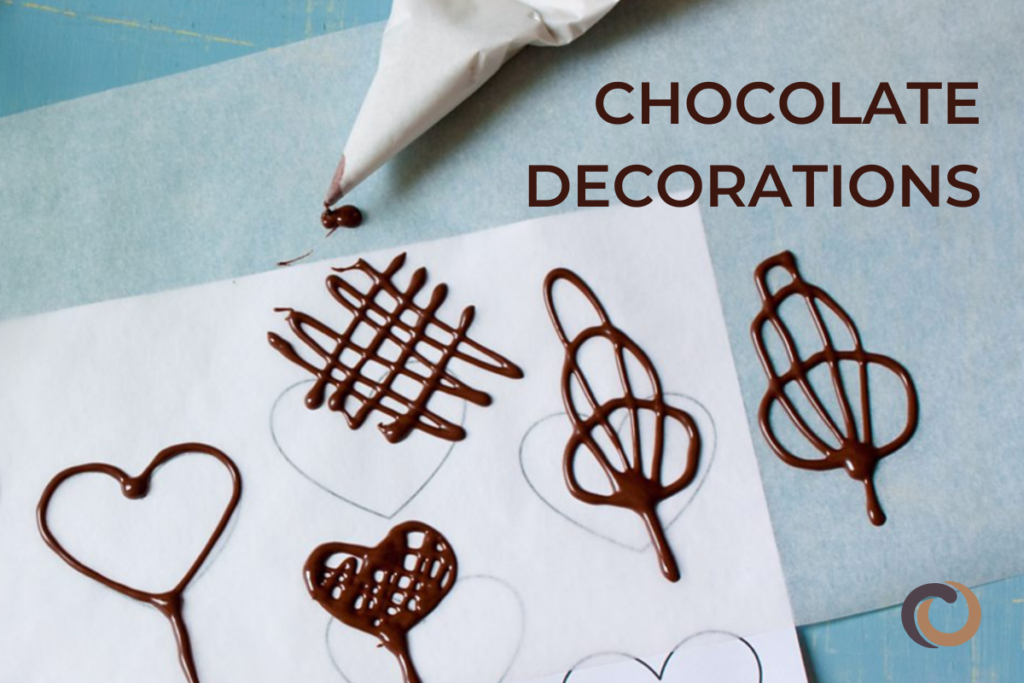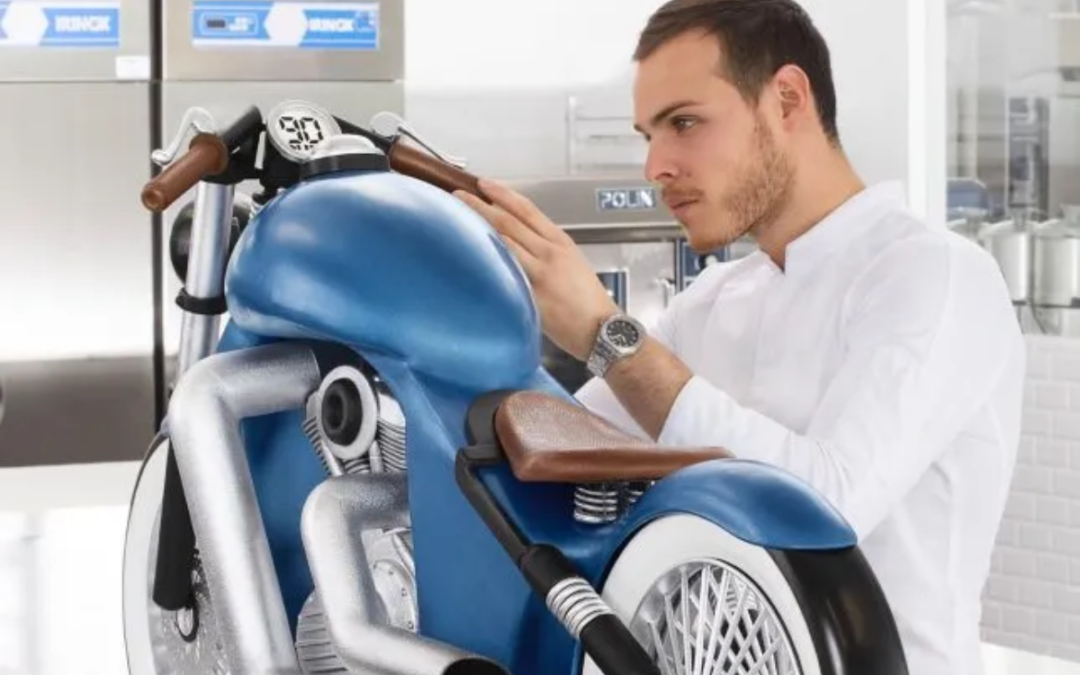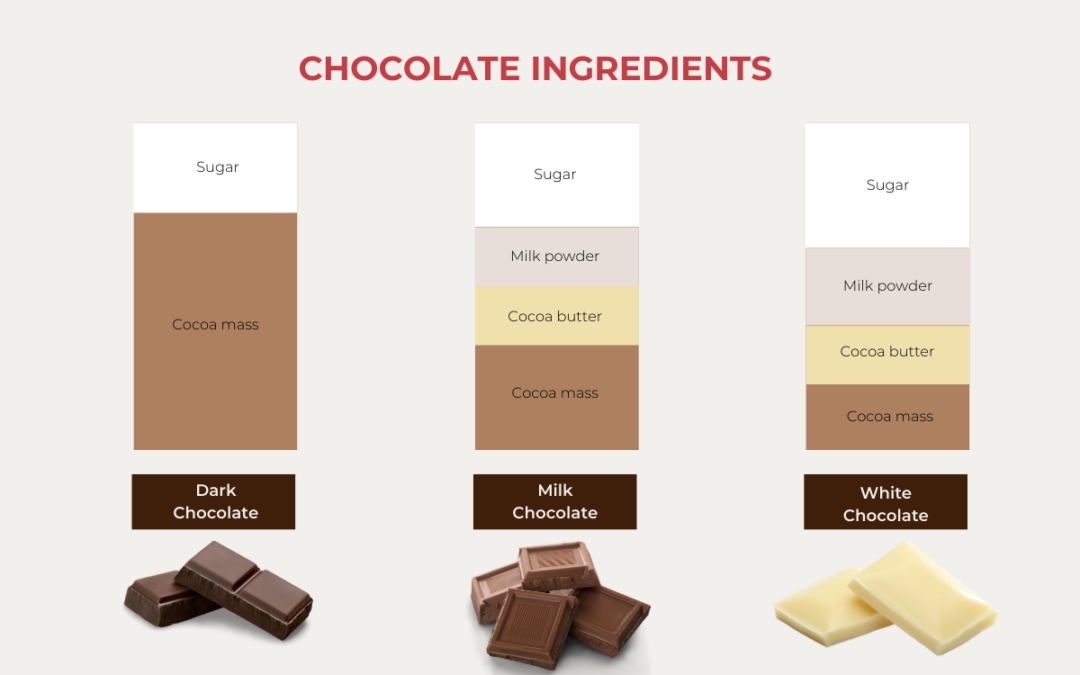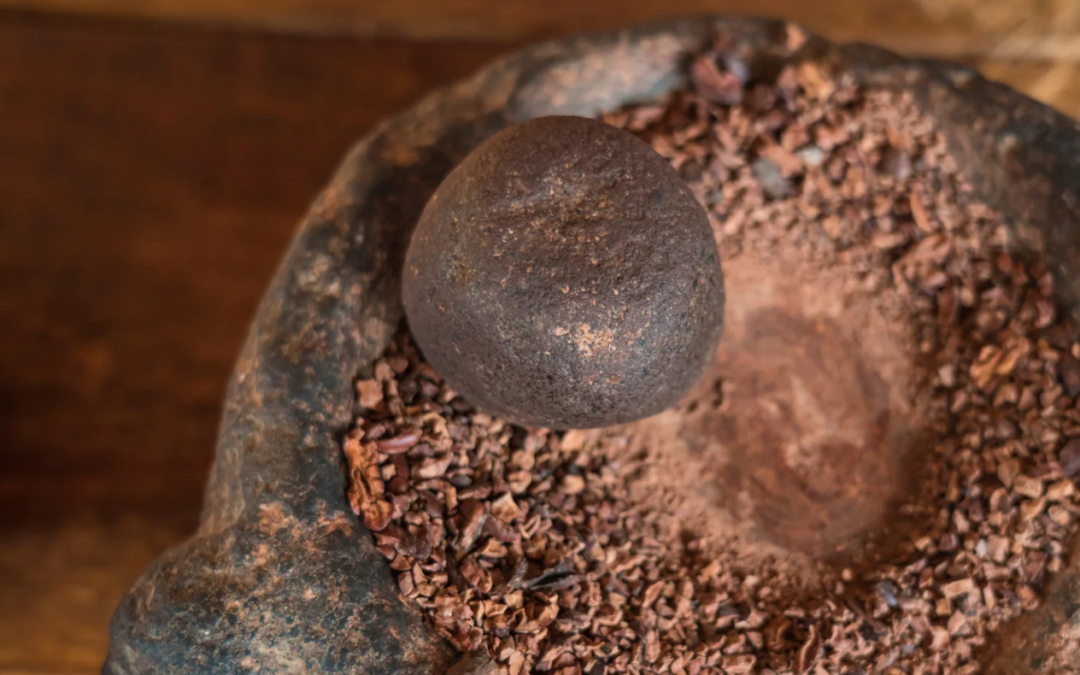Can chocolate go bad? What is the shelf life of chocolate? How can you tell when it’s gone bad? Now is your chance to learn about the lifespan of chocolate. We’ll explore these questions and more so that you always eat chocolate at its best!
Can chocolate go bad?
Compared to many other foods, chocolate has a long shelf life, but by some miracle, if it stays uneaten for a long period of time, it can go bad. There are a number of different ways that chocolate can go bad, some are reversible while others are not. It’s important to understand that the shelf life of chocolate greatly depends on the type of chocolate. When stored properly, dark chocolate bars may last for a year or more, while certain confections that are filled with ganache or fruit fillings may only last a couple of days.
In this article, we are going to focus on basic chocolate bars to understand the stability of the underlying ingredients.
The most common way that chocolate goes bad is referred to as “chocolate bloom”. There are two types of bloom, one that results from the sugar component in the chocolate and the other from the fat (aka cocoa butter) component of the chocolate.
Sugar Bloom
Sugar bloom is a surface defect that occurs when moisture comes into contact with the surface of chocolate. The moisture dissolves the sugar on the surface of the chocolate, leaving behind white spots of sugar crystals after it dries. This can give the chocolate a grainy texture and dull appearance. While it affects the texture, it doesn’t necessarily make the chocolate unsafe to eat.
Fat Bloom
When chocolate is exposed to warm temperatures (around 90F or above), the cocoa butter in the chocolate melts and loses its original temper or structure. When the chocolate cools, the loss of structural integrity creates a layer called “fat bloom”. Again, while the chocolate may look less appealing and the texture might be off, it is still safe to eat.
Chocolate suffering from sugar or fat bloom can be melted, re-tempered and brought back to its original glorious state. Sugar bloom and fat bloom result from a structural change to the chocolate, so it shouldn’t smell bad. If your chocolate smells bad, it’s time to toss it.
How to tell if chocolate has gone bad
While chocolate bloom creates an aesthetic issue that doesn’t affect the edibility of the chocolate, there are instances where chocolate can go bad and become unsafe to eat. Here are a few factors to consider when determining whether your chocolate has gone bad and should be thrown away (heartbreaking!).
Rancidity
Over time, especially if not stored properly, the fat in chocolate can become rancid. This will give the chocolate an off-putting taste and foul odor. Milk chocolates and white chocolates are more likely to go rancid due to the additional milk fat. Compared to the olive oil and vegetable oil stored in your kitchen, chocolate doesn’t go rancid easily.
Mold
Chocolate can develop mold if it’s exposed to moisture or stored in a humid environment. Mold growth is a clear sign that the chocolate is no longer safe to eat. Fuzzy growth extending from the surface of the chocolate is an indicator of mold. Read more about identifying moldy chocolate.
Off Odors
When chocolate develops an unusual odor, it may be a sign of spoilage or degradation. Chocolate readily absorbs flavors from its surroundings, so if your chocolate doesn’t smell good, it’s probably best to throw it away.
Factors affecting chocolate shelf life
The main factors affecting the shelf life of chocolate are temperature fluctuations, humidity, exposure to sunlight and air, and proper packaging. Understanding and controlling these factors can help you prolong the shelf life of chocolate. Always check the best-by date on the packaging, and store your chocolate properly to ensure that it stays fresh for as long as possible.
There is one other unusual way that your chocolate can go bad, and this one is dependent on both temperature and time. Over time, your perfectly tempered chocolate will slowly change. You can’t see it, but it’s slowly happening. If your chocolate seems harder and doesn’t melt nicely in your mouth, your chocolate has transformed and lost its temper. Over time, solid chocolate can actually change its molecular structure (from Form V to Form VI) which will result in a harder chocolate that melts at a higher temperature, so it doesn’t melt as quickly in your mouth. Again, don’t throw it out. In this case, you can re-temper the chocolate to bring it back to life. This process may be sped up by fluctuations in the chocolate’s temperature, so properly storing your chocolate is key to extending its shelf life.
What is the best container to store chocolate?
The best container for storing chocolate is one that protects it from the elements that can negatively affect its quality, such as temperature, humidity, light and air exposure.
- Airtight containers
- Vacuum-sealed bags
- Resealable plastic bags
- Glass or plastic jars with tight-sealing lids
- Aluminum foil
By choosing the right container, storing your chocolate properly and keeping it away from extreme temperatures, you can make sure it stays fresh for a longer time.
For more great articles, check out the rest of our CocoTerra blog.
If you have any questions or comments, feel free to contact us through our social media channels. We are @cocoterra_co on Instagram and Pinterest and @cocoterraco on X (aka Twitter) and Facebook.

